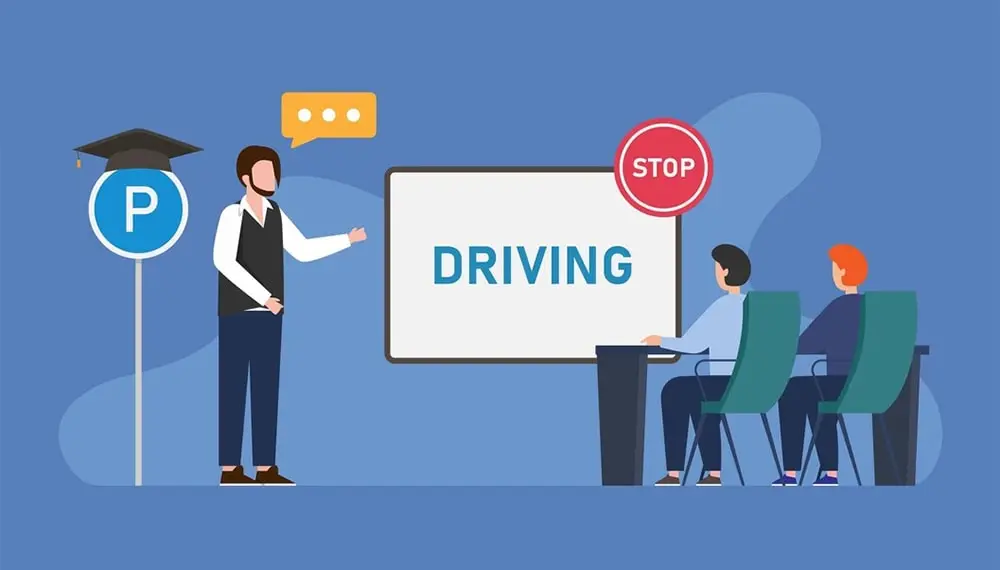Enhancing Employee Well-Being Through Strategic Training
Rohit Kumar
09 Jun, 2025

Employee well-being has transitioned from a supplementary benefit to a fundamental strategic priority for organizations. Genuine well-being extends beyond the provision of mere incentives; it necessitates the cultivation of a supportive, psychologically secure, and cohesive workplace environment wherein individuals can achieve both personal and professional success. Organizations that prioritize authentic well-being initiatives observe substantial positive correlations with employee engagement, productivity levels, and rates of employee retention.
Effective strategies aimed at fostering employee well-being require meticulous design and seamless integration into the daily operational flow, rather than existing solely as isolated programs. For entities such as Core Competency, facilitating the development of such supportive environments through targeted learning and development interventions constitutes a central objective. This article will examine the critical components of employee well-being and propose practical methodologies for its cultivation
Why Well-Being Matters
Employee well-being constitutes a multifaceted concept encompassing physical health, mental resilience, and the equilibrium between professional and personal life, each of which exerts a direct influence upon individual performance. Consequently, organizational investment in employee well-being generates substantial positive returns. When personnel perceive a supportive and psychologically secure work environment, their levels of engagement, innovation, and productivity are demonstrably enhanced. Conversely, employees experiencing stress or disengagement exhibit diminished productivity, with research indicating that compromised well-being can precipitate a reduction in output of up to twenty percent.
An organizational culture that accords value to employee well-being serves as an attractor for high caliber talent and significantly mitigates the considerable costs associated with employee turnover and absenteeism resulting from burnout and stress related ailments. Conversely, a neglect of employee well-being can engender disengagement, a decline in morale, and an erosion of mutual trust, ultimately impeding organizational performance and overall resilience. Therefore, the prioritization of employee well-being is not merely advantageous; it is an indispensable element for sustainable organizational success.
Pillars of Workplace Well-Being
Building a thriving workplace rests on several interconnected pillars that address the holistic needs of employees:
- Cultivating Psychological Safety: This is the bedrock of well-being. Psychological safety exists when employees feel safe to speak up, ask questions, voice concerns, take calculated risks, and admit mistakes without fear of negative consequences. It requires trust, respect, and inclusivity, fostering an environment where collaboration and innovation can flourish.
- Building Cohesive Teams: Strong connections and a sense of belonging are vital. Cohesive teams are characterized by mutual support, effective cooperation, and an appreciation for diversity. When employees feel connected to their colleagues and aligned with team goals, they experience greater job satisfaction and resilience.
- The Role of Supportive Leadership: Leaders significantly influence workplace well-being. Empathetic leaders who actively listen, demonstrate care, promote fairness, build trust, ensure accountability, and participate in well-being initiatives set the tone for the entire organization. Their actions directly impact psychological safety and team cohesion.
Benefits of Well-Being-Focused Training
Training designed for well-being delivers measurable advantages. Below are four key benefits that elevate both employees and organizations.
Improves Mental Resilience
Training in mindfulness or stress management strengthens employees’ ability to handle pressure. For example, a module on coping strategies can reduce anxiety, enabling clearer decision-making. Core Competency’s LMS offers interactive courses that teach resilience, fostering mental agility and calm under stress.
Enhances Work-Life Balance
Courses on time management or boundary-setting help employees balance professional and personal demands. Such training empowers workers to prioritize tasks efficiently, reducing burnout. Core Competency’s mobile-accessible platform ensures learners engage with these skills anytime, supporting flexible, balanced lifestyles.
Boosts Engagement and Morale
Engaging training, enriched with storytelling or visuals, makes learning meaningful, lifting spirits. Core Competency’s graphic designing expertise creates compelling course visuals, sparking enthusiasm. Engaged employees feel valued, contributing to higher morale and collaboration.
Supports Professional Growth
Training that aligns with career goals signals an organization’s investment in its people, enhancing job satisfaction. Core Competency’s competency assessment tools identify skill gaps, delivering tailored courses that empower employees to grow, reinforcing their sense of purpose.
Types of Well-Being Training
Well-being training varies to meet diverse needs. Below are three effective formats.
Mindfulness and Stress Management
These courses teach techniques like meditation or breathing exercises to manage stress. Ideal for high-pressure roles, they foster calm and focus. Core Competency’s LMS delivers bite-sized mindfulness modules, perfect for busy schedules.
Communication and Collaboration
Training in active listening or conflict resolution strengthens team dynamics, reducing workplace tension. Interactive scenarios in Core Competency’s platform simulate real conversations, building interpersonal skills that enhance well-being.
Career Development
Courses on leadership or technical skills boost confidence and career progression. Core Competency’s customizable learning paths ensure relevance, helping employees feel supported in their professional journey.
Steps to Implement Well-Being Training
Effective well-being training requires deliberate design. Below are five steps to create impactful programs.
Assess Employee Needs
Survey workers or analyze performance data to identify well-being challenges, such as stress or disengagement. This ensures training addresses real concerns, maximizing relevance.
Define Clear Objectives
Set goals, like reducing stress by 15% or improving engagement scores. Objectives guide course design and evaluation, ensuring alignment with organizational priorities.
Design Engaging Content
Create courses with interactive elements, such as quizzes or scenarios, to sustain interest. Core Competency’s graphic design capabilities produce vivid visuals, making content relatable and inspiring.
Deliver Through an LMS
Use a robust platform to deploy training, ensuring accessibility and tracking. Core Competency’s SCORM-compliant LMS supports seamless delivery, with analytics to monitor participation and impact.
Evaluate and Refine
Collect feedback and track metrics like course completion or morale surveys to assess effectiveness. Refine content based on insights, ensuring training evolves with employee needs.
Core Competency: Your Partner in Well-Being
Core Competency actively supports organizational well-being by empowering employees through strategically designed learning and development initiatives. Recognizing the multifaceted nature of well-being, we understand that accessible and relevant training plays a pivotal role in cultivating resilience, enhancing essential skills, and fostering a supportive organizational culture.
Our advanced Learning Management System (LMS) offers a versatile platform for the delivery of crucial well-being related training programs, encompassing areas such as stress management techniques, effective communication skills, and leadership development, seamlessly integrated into the employee workflow via convenient mobile or desktop access. Personalized learning pathways enable employees to concentrate on specific areas most pertinent to their individual growth and well-being requirements.
Moreover, our comprehensive competency assessment instruments can assist in identifying skill deficiencies in domains such as interpersonal communication or emotional intelligence, thereby informing targeted development endeavors. Our proven expertise in custom eLearning content creation and engaging graphic design ensures that all training materials are not only informative and relevant but also highly engaging and easily accessible, thereby contributing positively to the overall learning experience and employee well-being.




